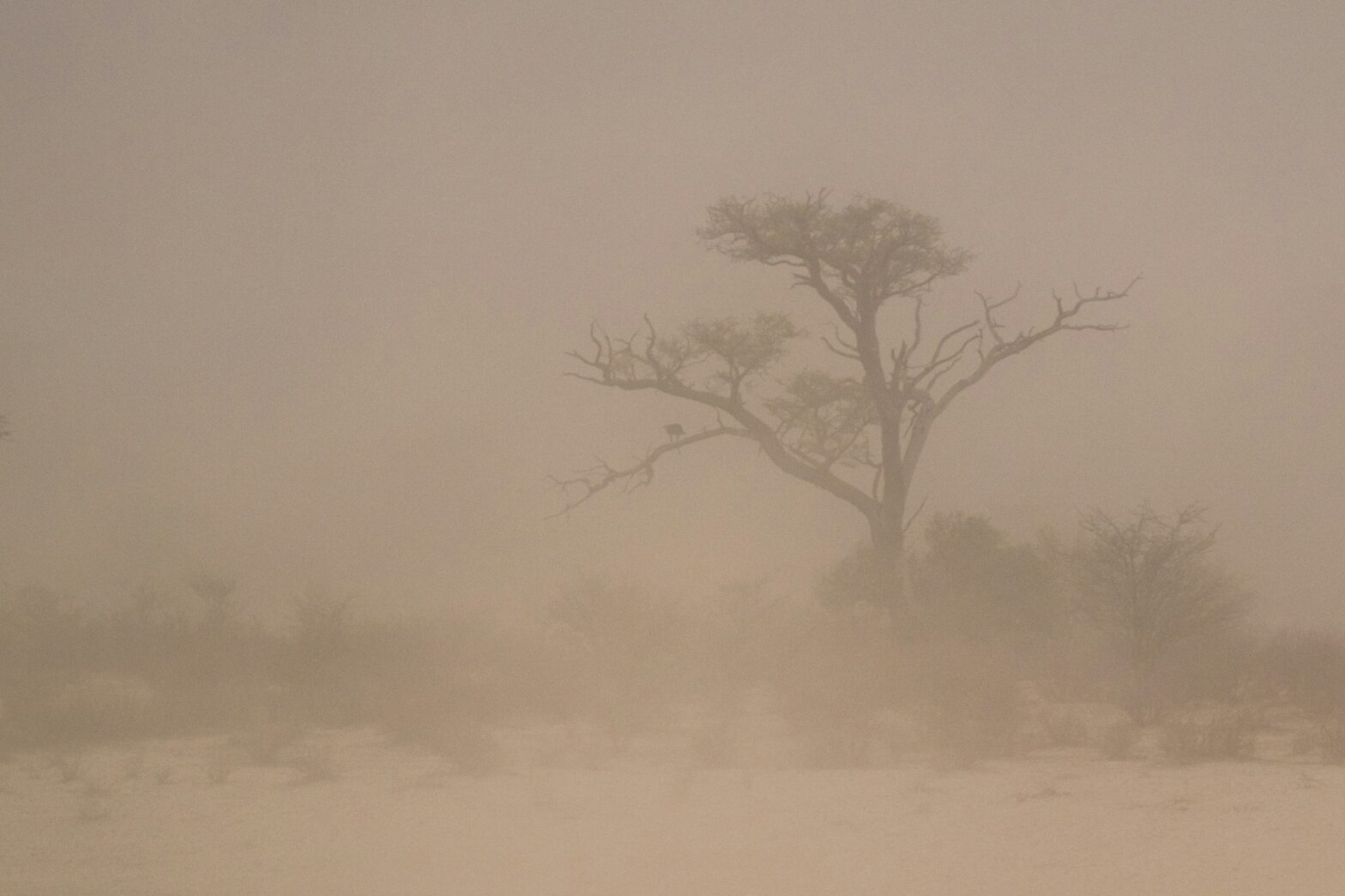The story of Black communities across the world continues to evolve through countless eras, civilizations, and continents. Outside of Africa, five nations stand out for their substantial Black populations. From colonial rule and the transatlantic slave trade to modern migration, the diverse social and historical experiences of these nations have molded the thriving Black populations who call them home.
1. Brazil
Brazil boasts the largest Black population outside of Africa, with approximately 55% of its 213 million residents identifying as Black or of mixed African descent. The significant Black population in Brazil stems from its history as the largest importer of enslaved Africans during the transatlantic slave trade. Between the 16th and 19th centuries, Brazil received around 4.9 million enslaved people, more than any other country in the Americas. Samba, Capoeira, and Candomblé — three Brazilian cultural staples — owe a great deal to the contributions of Black Brazilians.
2. United States
The United States has a Black population of about 13.4% of its approximately 331 million residents. The Black population in the U.S. primarily descended from Africans brought to the country as enslaved people. The Great Migration, a movement from the rural South to urban centers in the North and West during the 20th century, reshaped demographics and contributed to the socioeconomic development of Black communities. Black Americans have profoundly impacted U.S. culture, contributing to music, literature, politics, and sports. Genres like jazz, blues, and hip-hop have their roots in Black communities.
3. Haiti
Haiti’s population is predominantly Black, with over 95% of its roughly 11 million residents identifying as such. Haiti’s Black population is largely descended from enslaved Africans brought to the island by French colonists. Additionally, the country is renowned for being the first Black republic. It was also the first nation in the Western Hemisphere to abolish slavery following a successful revolution in 1804. Haitian culture is a mix of African, French, and indigenous influences. Vodou, a religion combining African spiritual practices with elements of Catholicism, is a significant part of Haitian cultural identity. Furthermore, Haitian art, music, and literature, exemplified by figures like Toussaint Louverture and Jean-Michel Basquiat, continue to inspire globally.
4. Dominican Republic
Black and mixed-race people constitute about 87% of the Dominican Republic’s population, totaling around 10.8 million residents. The Dominican Republic’s Black population originates from Africans enslaved by Spanish colonizers to work on sugar plantations. The island’s history of slavery, coupled with subsequent migrations and social changes, has formed its current demographic landscape. A fusion of African, Taino, and Spanish traditions characterizes Dominican culture. Two prominent music styles, merengue and bachata, have African origins and are significant to national identity.
5. Colombia
Colombia has a significant Black population, with about 10.6% of its roughly 50 million residents identifying as Afro-Colombian. The black Colombian population in Colombia is concentrated mainly in the regulatory coastal (Pacific and Caribbean) zones. Africans were enslaved by the 1520s from various West African nations to work on large haciendas, cattle ranches, sugar cane plantations, and gold mines. Today, both Cumbia and Vallenato can trace their rhythms back to Africa. Moreover, Afro-Colombian communities are renowned for their long-standing religious practices and delectable food that combines African, indigenous, and European flavors.





